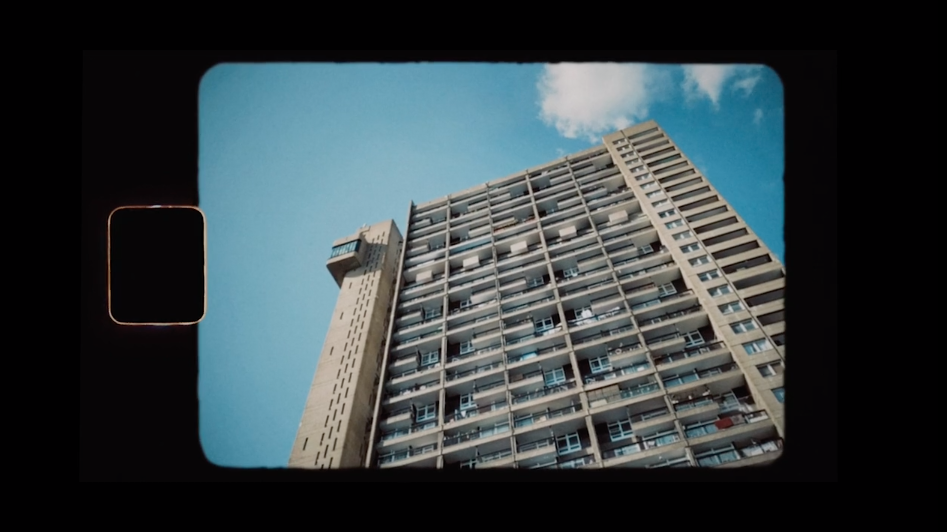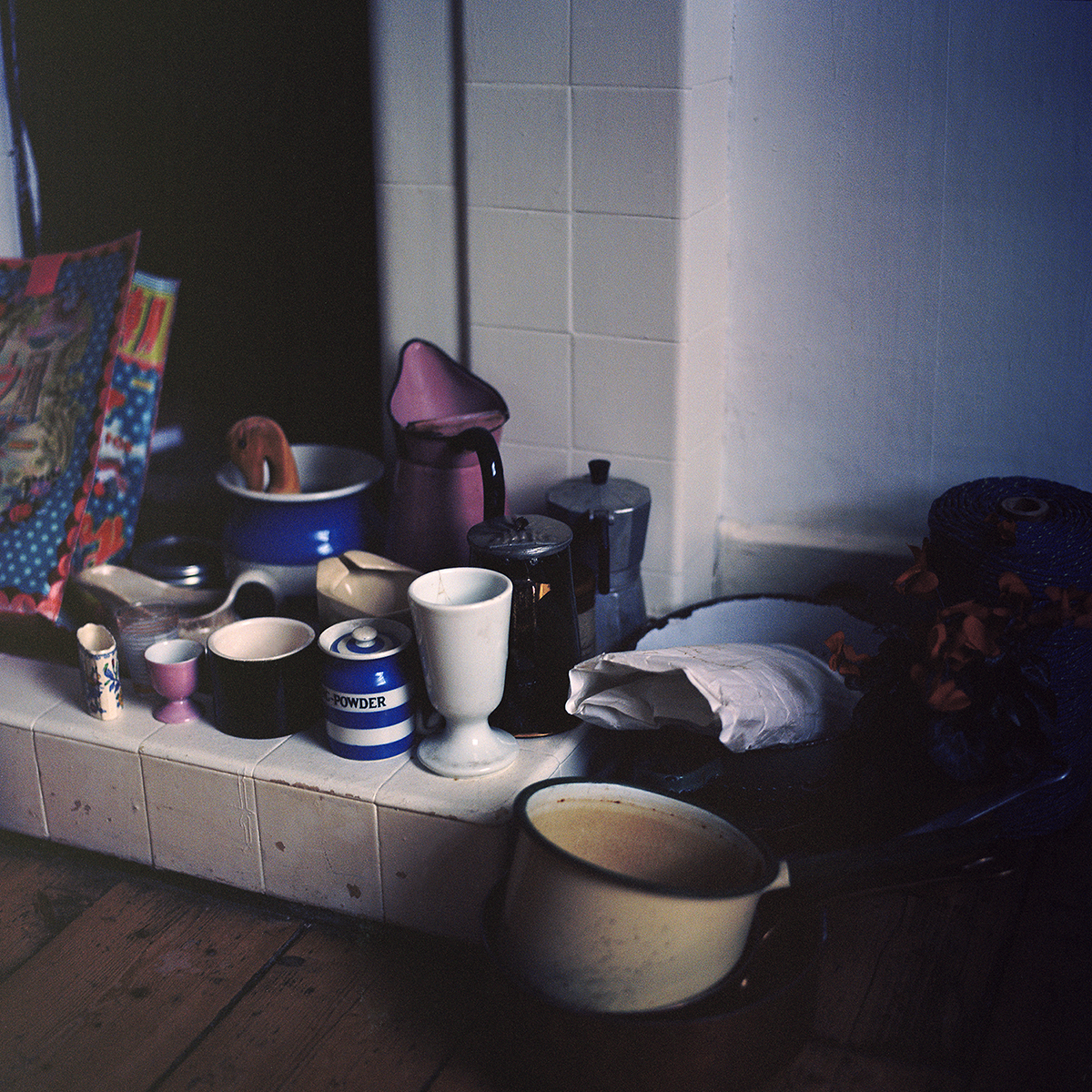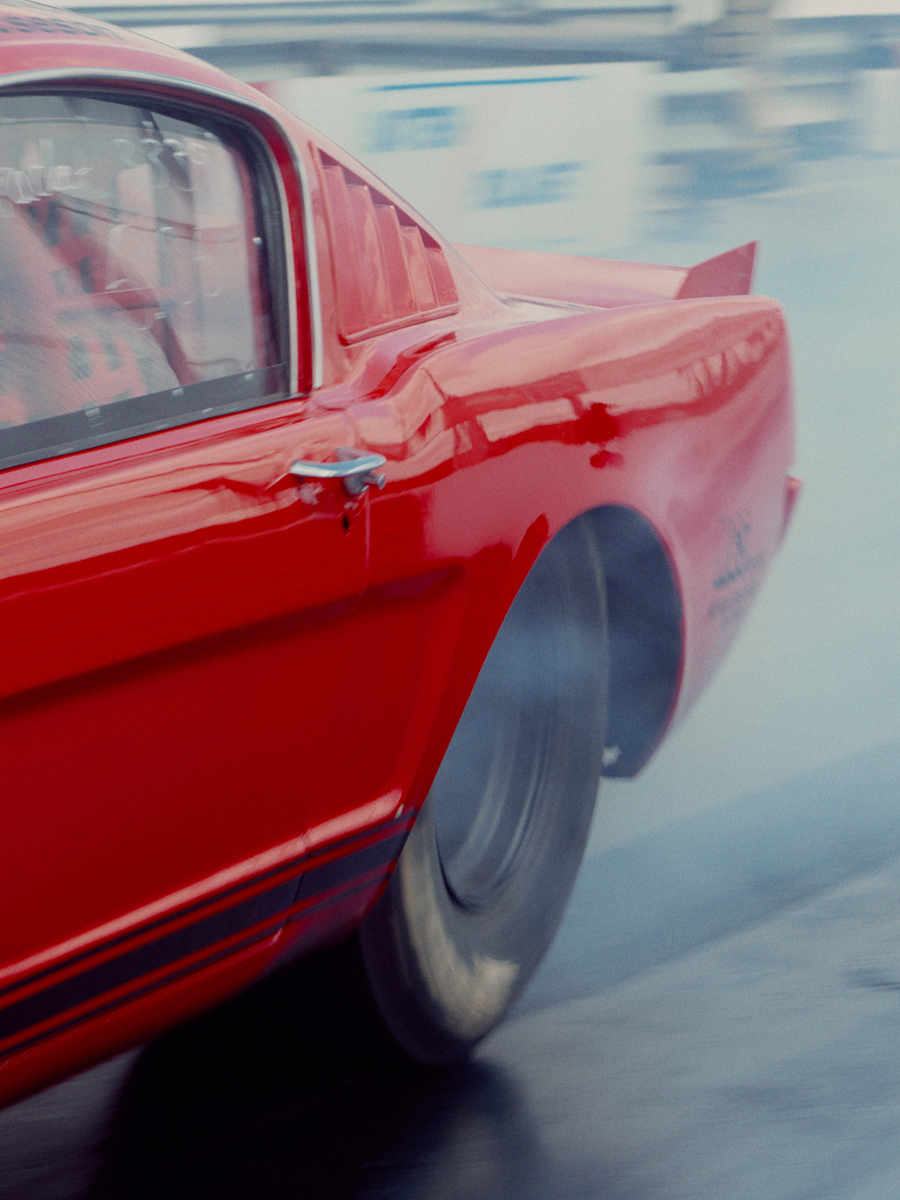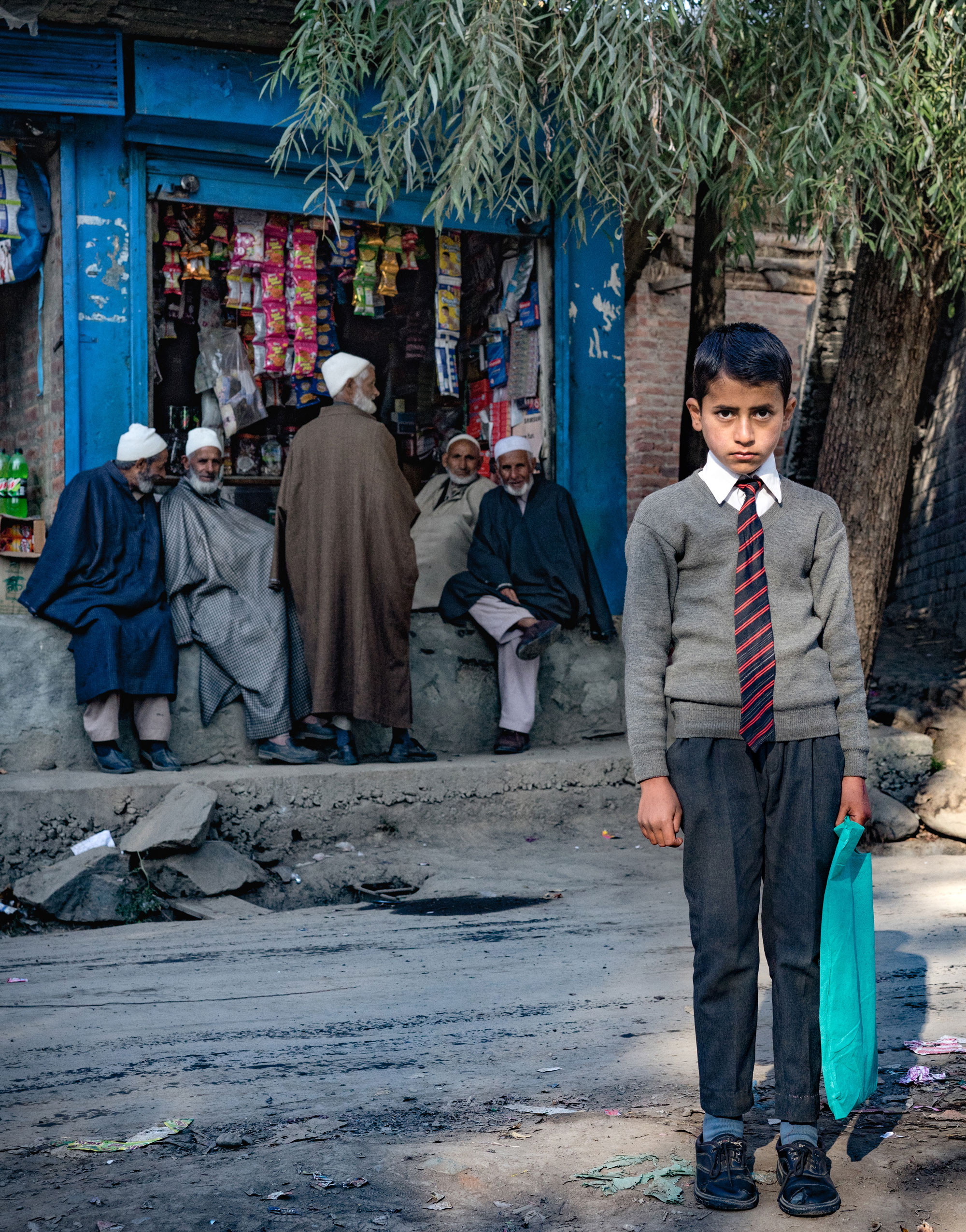Anna Gudbrands Trellick: The Writing Is on The Wall is a documentary film highlighting the importance of the Trellick Tower and the Graffiti Hall of Fame. In Autumn 2020, it was revealed that Royal Borough of Kensington and Chelsea council were taking steps to implement a new development onto the grounds of Erno Goldfingers, Grade 2 listed, Trellick Tower.
In a continuation of councils and property developers across the country either not understanding or simply not caring about the significant cultural and historical value that buildings and areas hold for the people that inhabit them, this would mean the destruction of the famous Graffiti Hall of Fame, renowned globally as a centre for urban arts and attraction for tourists and artists from all over the world.
Gudbrands’ documentary truly captures what this new development would mean to the artists, residents and people living within the area.
https://vimeo.com/487563718?embedded=true&source=video_title&owner=36894832
JT: What’s your connection to Trellick Tower and the Hall of Fame?
AG: I am a big fan of brutalist architecture and Trellick Tower has been my favourite London building for a very long time.
I heard through the grapevine that RBKC council was planning to build these blocks literally right in front of Trellick. Through research I got in touch with some amazing people and graffiti artists who then introduced me to the Hall of Fame, which is the most amazing artistic space in the garden of Trellick Tower. A rare gem in a city that is fast losing its cultural spaces in face of development and gentrification.
JT: What motivated you to create this documentary?
AG: Once I had heard about the council’s plans, I felt I needed to do something to support the campaign to save the Hall of Fame and the Trellick outdoor space.
I care deeply about the building and its community. Since I am a cinematographer, the way I felt could help was to make a film to raise awareness of what is happening with these property development plans. I simply had to do something to help, I could not let this slide.
London’s communities are being torn apart for commercial gain at a rapid pace, and any plot of land is being obliterated in favour of endless newbuilds that don’t seem to take into account the existing community and its needs.
While I understand the need for housing, I don’t think the solution is to build however many blocks of flats in an area that is already overcrowded, and not to mention to build these flats in front of one of the world’s most famous brutalist buildings.
Trellick Tower is grade II listed, and it is unbelievable to me that these development plans are even on the table.
Apart from that, to squeeze in these new builds would take away the only green space that belongs to the residents of Trellick, box them in, and destroy their views. The Hall of Fame would be at risk of destruction, this is a world famous graffiti space, so very important to preserve. It is also used as a community space and to take that away would be very damaging to locals and artists alike.
This is an architecturally important building. Trellick and the area surrounding it deserves to be properly protected. Why does Trellick Tower not have the same protection as The Barbican, for instance? These are questions that I wanted to explore with this documentary.

JT: How did you approach the people you interviewed within the documentary?
AG: I was lucky enough to have help from some lovely people that are involved with the Save Trellick Hall of Fame campaign on instagram that helped me enormously, and I also had help from some residents to find people to interview. I couldn’t have done this without them!

JT: Out of everyone you’ve met whilst filming this documentary, who do you feel will be most affected if the development goes ahead and why?
AG: I feel many people will be affected, of course mainly the residents of Trellick and the graffiti artists that use the Hall of Fame, but also the wider public.
This is not just a simple council owned block, this is an iconic brutalist masterpiece that belongs to the people who live there, but it also belongs to the world surrounding it. It is much loved by so many people. To blight it in any way at all, would be a great atrocity.
The effect of this development would result in no green outside space for more than 200 flats in a tower block, no space for artistic expression, massive disruption for residents. There seems to be little to no consideration of their needs and wants. In addition, this development would damage the character of the area, and of the building. There would be the loss of the Hall of Fame, and the disappearance of yet another outside space for people to enjoy.
In my view, the building itself is a work of art, and the Hall of Fame is indeed an ever changing art gallery, and both should be preserved and protected as they are for future generations.

JT: I feel there are many cultural and historical areas and buildings that are always scarce to fall into property developers hands. What would be your advice to photographers and filmmakers who wanted to get involved with a socially political project such as this?
AG: Yes, sadly so many buildings, community and cultural spaces are being lost to “development”. The people in charge of these development decisions dont seem to consider that spaces such as the one that belongs to Trellick are of huge community value, and need to be protected and kept.
I would like to see councils and developers alike to allow cultural spaces to exist and breathe, humans need space to live and express themselves,and not to mention space for their exercise and mental health which the space outside of Trellick provides. Development is relentless here in London, and it feels like it is profit over people.
My advice to someone who would like to explore projects such as this, would be to approach the subject with openness and truth. Use your visual and creative platform to elevate the voices of the community and people that are involved in and care about the cause. It´s not about you, the filmmaker, it is about raising awareness for the greater good. You as the artist have the power to translate it in your own unique way to get the message across.
The visual medium is a powerful one, and one that has the ability to reach people far and wide, and one that is often easier to digest rather than lengthy news articles etc.
Remember why you are doing the project and whose voices you are amplifying, and make sure it helps, and not hinders, the cause. I find that a positive and open approach is a more effective one. You can still make a strong stand without being aggressive. The calmest voice is often the loudest one. This of course depends on the kind of project you are making, and you as an individual artist. I am speaking for myself and architectural film projects here, of course different approaches work for different types of projects and themes! I find the humanity in the story, and highlight it as best that I can.
JT: I believe that strong visual content such as film and photography play a huge role in getting campaigns such as this in the public eye. Do you believe that people like us, documentarians, should be more politically involved and motivated to spread awareness?
AG: We as documentary filmmakers have great power to make a change. It is up to each artist and filmmaker to decide if they want to be politically involved, and/or use their creativity for change.
For me, I didnt go into the Trellick film to be actively political. I made the film because I love the building, the Hall of Fame and the community around Trellick. I felt I had to give back and try and save it. I did it out of love and not political motivation.
What I care about are stories of peoples lives, what is important to them, and in the best way I can, help their voices to be heard.
With this project, there was no other option for me except to take action in the way that I know best, with the medium of film. There was no way I was gonna have Trellick Tower be threatened by development and me not try and do something about it. The building saved me in a way, and now its my turn to save it.
If you as an artist care deeply about something, and want to make a change, making a short documentary on the subject is a great way to raise awareness and spread the word to as many people as possible. Film is very powerful, we must never forget that.
JT: Is there any inspiration taken into consideration in the way the documentary is shot or edited?
AG: I wanted the stories and viewpoints of the residents, graffiti artists and Trellick supporters to be loud and clear. These are voices that need to be heard, and I wanted to create a visual platform for this. I shot footage of Trellick itself, and then filmed the interviews which I wanted to keep very simple. I wanted the film to feel very personal and sincere.
My aim was to visually blend together the feeling and spirit of the building with the words of the interviewees in order to take us on a journey between Trellick and the people that inhabit the space. I also wanted the message to be a positive one, and to focus on why people love Trellick and the Hall of Fame and how much it means to them, their lives and to the wider community. It is such a special place, and tried my best to convey that with this film.

Watch the full video here.







